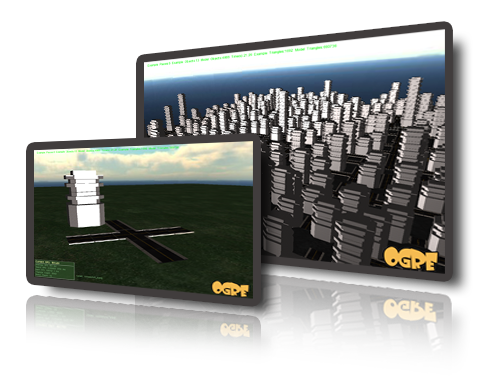Procedural Content Generation
With the ongoing increase in realism and high fidelity in virtual game worlds, art and content-production costs are getting out of hand. Consequently, procedural techniques are gaining popularity, that is, techniques that generate art, environments, and other content automatically, reducing the amount of handcrafted art, [1].
Large-scale automated art and content generation practically screams for Artificial Intellgence (AI) technology. Sure, you can generate the content without AI, but AI lets designers and artists do their work more efficiently and increases the resulting quality.
Procedural Content Generation (PCG), [1, 2],is the programmatic generation of game content using a random or pseudo-random process that results in an unpredictable range of possible game play spaces. As opposed to PCG, procedural generation does not affect game play in a meaningful way, e.g. the use of procedural textures and animation. The concept of randomness is also key: PCG should ensure that from a few parameters, a large number of possible types of content can be generated.
Procedural content is content that has been created by a computer algorithm rather than custom made by an artist. This content can be created completely dynamically, or can be generated based on some external input, from a user, or a text file, for example.
Bubbling under the surface of the industry, and very much evident in future games like Spore, [3], PCG is a methodology that like most technologies has been underwhelming in the short term but in the long term will have profound consequences for how games are designed. It points the way forward to a time where the current role of the level designer will be as obsolete as punch cards for programming computer games.
When dealing with reusable game mechanics, procedural content can replace handcrafted content in the following ways: setting up interesting initial conditions, especially with configurations of existing game tokens and introducing risk and uncertainty into game mechanics PCG is making inroads into the traditional level designer roles, and various enabling technologies are making procedural content easier to build and deploy within other game technologies.

References
[1] A. Nareyek. Game AI is dead. Long live game AI! IEEE Intelligent Systems, 22(1):9−11, 2007.
[2] A. Doull. The death of the level designer. Ascii Dreams, 2008. http://pcg.wikidot.com/ascii-dreams.
[3] Spore. Will Wright, 2008. http://www.spore.com/ftl.
